
Roger William Corman is an American film director, producer, and actor. Known under various monikers such as "The Pope of Pop Cinema", "The Spiritual Godfather of the New Hollywood", and "The King of Cult", he is known as a trailblazer in the world of independent film. Many of Corman's films are low-budget cult films including some which are adapted from the tales of Edgar Allan Poe.

Attack of the 50 Foot Woman is a 1958 independently made American science fiction horror film directed by Nathan H. Juran and starring Allison Hayes, William Hudson and Yvette Vickers. It was produced by Bernard Woolner. The screenplay was written by Mark Hanna, and the original music score was composed by Ronald Stein. The film was distributed in the United States by Allied Artists as a double feature with War of the Satellites.

The Fast and the Furious is a 1954 American crime drama B movie starring John Ireland and Dorothy Malone, co-directed by Ireland and Edward Sampson.

Suburbia, also known as Rebel Streets and The Wild Side, is a 1983 American coming-of-age drama/thriller film written and directed by Penelope Spheeris and produced by Roger Corman. The film's plot concerns a group of suburban youths who run away from home and adopt a punk lifestyle by squatting in abandoned suburban tract homes. The punks are played by Chris Pedersen, Bill Coyne, Timothy Eric O'Brien, Red Hot Chili Peppers bassist Flea and others.
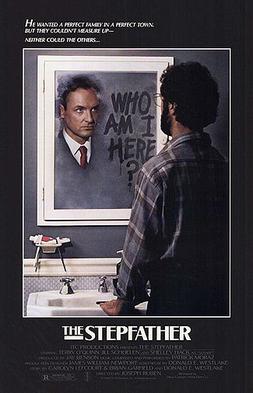
The Stepfather is a 1987 American psychological horror film directed by Joseph Ruben and starring Terry O'Quinn, Jill Schoelen, and Shelley Hack. O'Quinn stars as an identity-assuming serial killer who marries a widow with a teenage daughter. Having killed his previous family and changed his identity, his murderous tendencies continue after his stepdaughter becomes suspicious of him. The film is loosely based on the life of mass murderer John List, although the plot is more commonly associated with slasher films of the era. The film was written by Donald E. Westlake, from a story by Westlake, Carolyn Lefcourt and Brian Garfield, with an uncredited rewrite by David Loughery.

Dixie Wanda Hendrix was an American film and television actress.
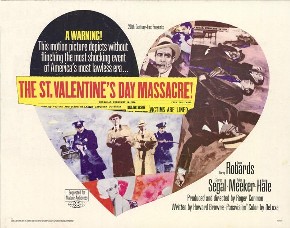
The St. Valentine's Day Massacre is a 1967 American gangster film based on the 1929 mass murder of seven members of the Northside Gang on orders from Al Capone. The picture was directed by Roger Corman, written by Howard Browne, and starring Jason Robards Jr. as Capone, Ralph Meeker as Moran, George Segal as Peter Gusenberg, and David Canary as Frank Gusenberg.

Sorority Girl is a 1957 film noir exploitation film directed by Roger Corman. It stars Susan Cabot as Sabra, a sociopath who plays a very disruptive role in a sorority, with Barboura Morris as Rita, and Dick Miller and June Kenney. It was released by American International Pictures as a double feature with Motorcycle Gang.

Big Bad Mama is a 1974 American action-crime-sexploitation comedy movie produced by Roger Corman, starring Angie Dickinson, William Shatner, and Tom Skerritt, with Susan Sennett and Robbie Lee. This movie is about a mother, Wilma, and her two daughters, Polly and Billie Jean, who go on a crime spree. After the mother unexpectedly falls in love with a bank robber it all ends, with tragic consequences. Big Bad Mama became a cult hit and was followed by a sequel, Big Bad Mama II, in 1987.
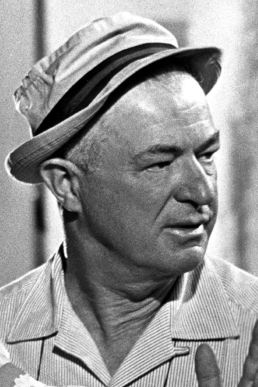
Naftuli Hertz "Nathan" Juran was an Austrian-born film art director, and later film and television director. As an art director, he won the Oscar for Best Art Direction in 1942 for How Green Was My Valley, along with Richard Day and Thomas Little. His work on The Razor's Edge in 1946 also received an Academy nomination. In the 1950s, he began to direct, and was known for science fiction and fantasy films such as Attack of the 50 Foot Woman. He was also the brother of quality guru Joseph M. Juran.
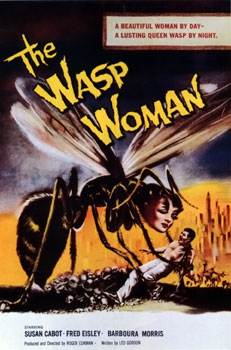
The Wasp Woman is a 1959 American independent science-fiction horror film produced and directed by Roger Corman. Filmed in black-and-white, it stars Susan Cabot, Anthony Eisley, Michael Mark, and Barboura Morris. The film was originally released by Filmgroup as a double feature with Beast from Haunted Cave. To pad out the film's running time when it was released to television two years later, a new prologue was added by director Jack Hill.

Sorority House Massacre II is a 1990 American slasher film directed by Jim Wynorski, featuring scream queens Melissa Ann Moore and Gail Harris. It follows five sorority sisters who are stalked and murdered by an unknown assailant after purchasing a large house. Much like its predecessors, Sorority House Massacre II has received a cult following over the years.

The Hunt for Eagle One is a 2006 direct-to-video war film directed by Brian Clyde and produced by Roger Corman, starring Mark Dacascos, Theresa Randle, Ricardo Cepeda, Rutger Hauer, Joe Suba, and Zach McGowan. Set during Operation Enduring Freedom in the Philippines, the film follows a team of U.S. Marines who attempt to rescue a captured U.S. Marine Corps captain and an Armed Forces of the Philippines major, while tracking down a group of al-Qaeda terrorists intent on launching biological weapons.

Monster from the Ocean Floor is an American 1954 science fiction film about a sea monster that terrorizes a Mexican cove. The film was directed by Wyott Ordung and starred Anne Kimbell and Stuart Wade.
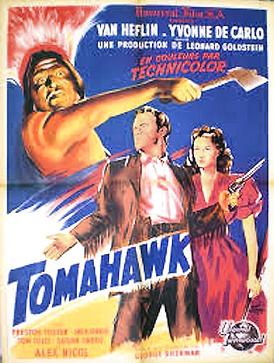
Tomahawk is a 1951 American Western film directed by George Sherman and starring Van Heflin and Yvonne De Carlo. The film is loosely based on events that took place in Wyoming in 1866 to 1868 around Fort Phil Kearny on the Bozeman Trail such as the Fetterman Fight and Wagon Box Fight. In the UK, the film was released as The Battle of Powder River.

Machine-Gun Kelly is a 1958 film noir directed by Roger Corman, chronicling the criminal activities of the real-life George "Machine Gun" Kelly. The film was considered low budget, but received good critical reviews. It was the first lead role for actor Charles Bronson. Corman called it "a major turning point in my career" because it was from this film he began to get serious critical attention.

Robert Kent, was an American film actor. His career included starring roles in several film serials of the 1940s, including The Phantom Creeps, Who's Guilty?, and The Phantom Rider. He also had a role in the 1938 film The Gladiator and was Virginia Vale's leading man in Blonde Comet, a 1941 movie about a female racing driver.

The Oklahoma Woman is a 1956 American Western film directed by Roger Corman.

Ski Troop Attack is a 1960 American war film directed by Roger Corman and starring Michael Forest, Frank Wolff, Richard Sinatra, and Wally Campo. Filmgroup released the film as a double feature with Battle of Blood Island (1960).

Sierra is a 1950 American Western film directed by Alfred E. Green and starring Wanda Hendrix, Audie Murphy and Burl Ives. The film was based on the 1937 novel The Mountains Are My Kingdom by Stuart Hardy.




















